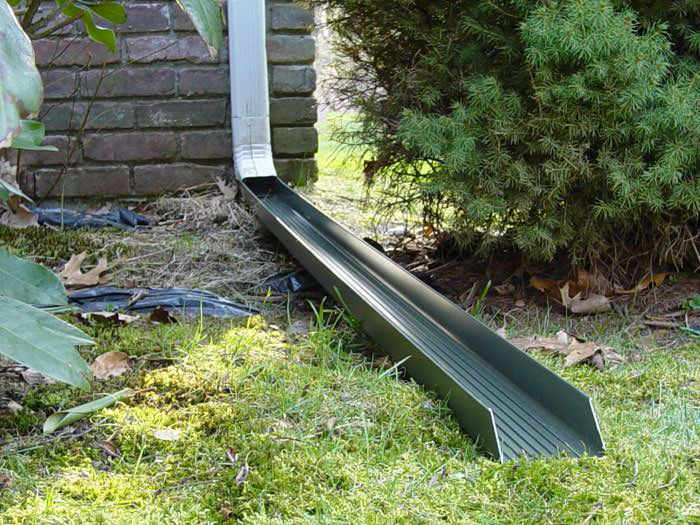Why Redirecting Gutter Water Away from Your Home Is Crucial for Its Health
- Alexandre Provencher

- Dec 3, 2024
- 2 min read
Your home’s gutters are designed to channel rainwater and melting snow safely away from your foundation. However, if the water isn’t redirected properly, it can lead to serious and costly issues. Let’s explore why redirecting gutter water is so important and how you can ensure your home stays safe and protected.
The Dangers of Poor Water Management
When water is not effectively diverted away from your home, it can cause a range of problems, including:
Foundation DamageExcess water pooling near the base of your home can seep into the foundation, leading to cracks, shifting, or settling. Over time, this can compromise the structural integrity of your property.
Soil ErosionImproper drainage can wash away soil around your home, destabilizing landscaping and exposing parts of your foundation. This can create uneven ground and pose additional risks to your home’s stability.
Basement FloodingStanding water near your home increases the likelihood of basement leaks or flooding, causing water damage, mold growth, and costly repairs.
Mold and Mildew GrowthDamp conditions around your home’s exterior or inside the basement provide the perfect environment for mold and mildew to thrive, which can harm your indoor air quality and health.
How Redirecting Gutter Water Protects Your Home
Redirecting gutter water safeguards your home in the following ways:
Prevents Foundation Damage: By channeling water far from your foundation, you reduce pressure and prevent moisture infiltration.
Preserves Landscaping: Proper drainage prevents soil erosion and keeps your landscaping intact.
Reduces Flooding Risks: Directing water away ensures it doesn’t accumulate near your basement walls or crawl spaces.
Improves Longevity: Keeping water away protects your home’s structure, making it last longer with fewer repairs.
Best Practices for Redirecting Gutter Water
To keep your home safe, follow these proven methods to manage gutter water:
Install Downspout ExtensionsDownspout extensions direct water several feet away from your home, preventing it from pooling around the foundation.
Add Splash BlocksSplash blocks placed at the base of downspouts guide water away from the house while protecting the soil from erosion.
Use a French Drain SystemA French drain can redirect water from problematic areas, such as low-lying spots or places where water tends to pool.
Ensure Proper SlopeMake sure the ground around your home slopes away from the foundation. A slope of 5% (6 inches for every 10 feet) is ideal.
Clean and Maintain GuttersRegularly clean your gutters to remove debris and ensure proper water flow. Clogged gutters can overflow, sending water directly to your foundation.
Signs Your Gutter System Needs Improvement
Be on the lookout for these signs that indicate your gutter system may not be doing its job effectively:
Water pooling near the foundation after a storm.
Soil erosion or depressions around the base of your home.
Mold or mildew growth on exterior walls or in the basement.
Cracks forming in the foundation or basement walls.
Conclusion
Redirecting gutter water is not just about convenience—it’s a crucial step in protecting your home’s foundation, landscaping, and overall health. By investing in proper drainage solutions, you can save yourself from costly repairs and ensure your home remains a safe, dry haven for years to come.
Need help improving your gutter water management system? Contact Bon-Drain today to learn more about our drainage solutions and keep your home in top shape!





Comments